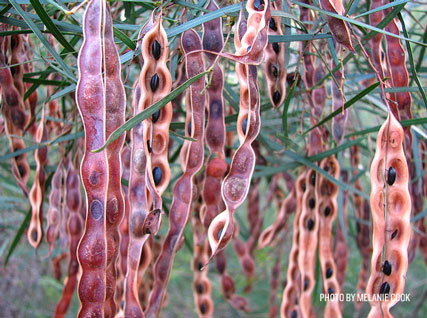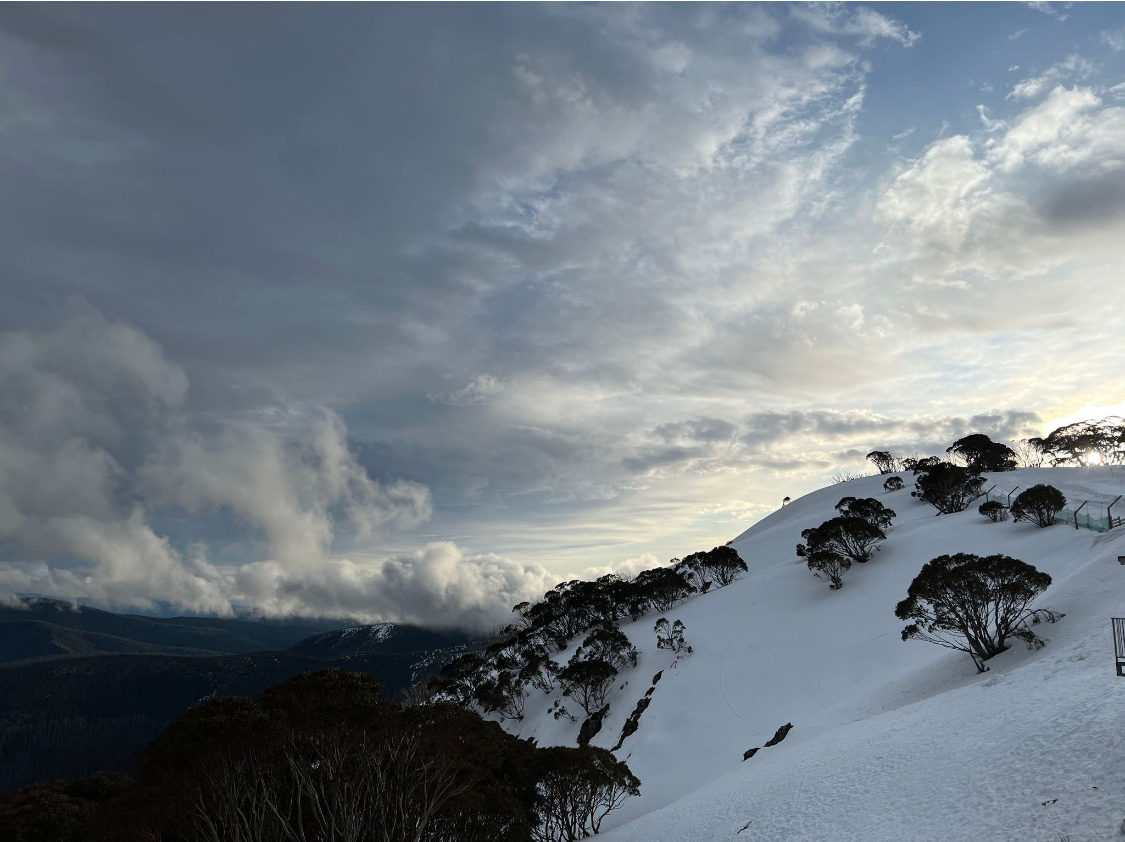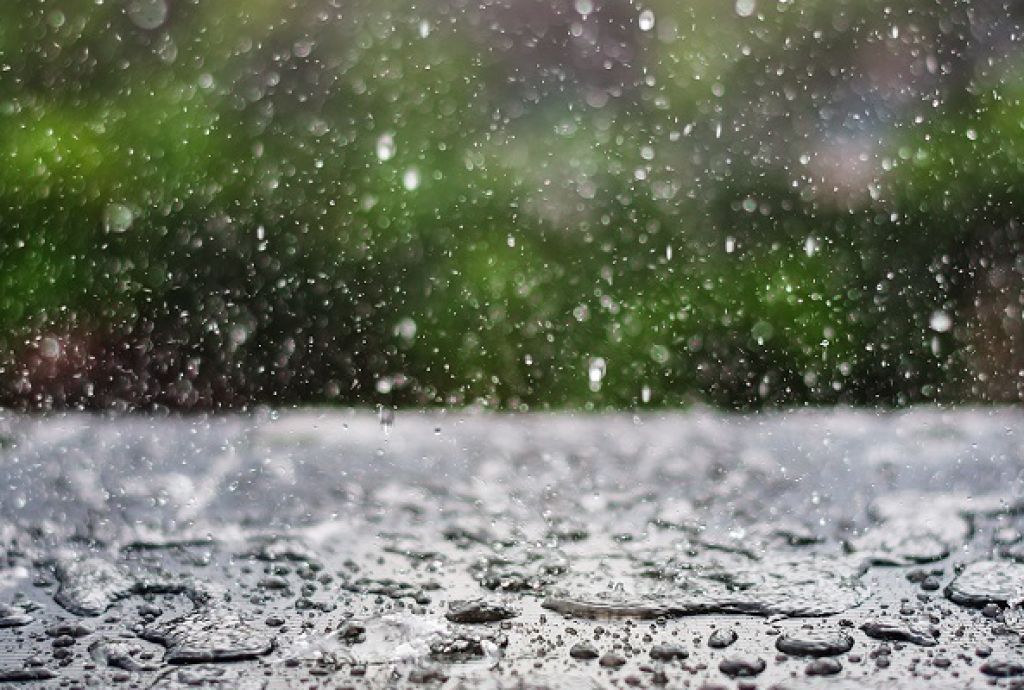Put simply (and straight from a dictionary) an indigenous plant occurs naturally in a given geographical area. And just for clarity, endemic trees are those indigenous planted that are limited to a very small geographical area, such as on an island or mountain range.
Indigenous plants are natives, but native plants may not be indigenous!
Okay, now we are all on the same page, let’s answer a few questions: why plant indigenous and how do you collect indigenous seeds?
Why do we plant indigenous trees?
There are 3 main reasons.
An indigenous plant will: 1. have the best chance of successful establishment, 2. provide a good food source for local fauna and 3. help maintain the unique diversity that occurs in local areas.
It is important that the seed collected occurs naturally in a specific region adapted to the environment, soil types, geology, rainfall and other flora and fauna which occurs in that region.
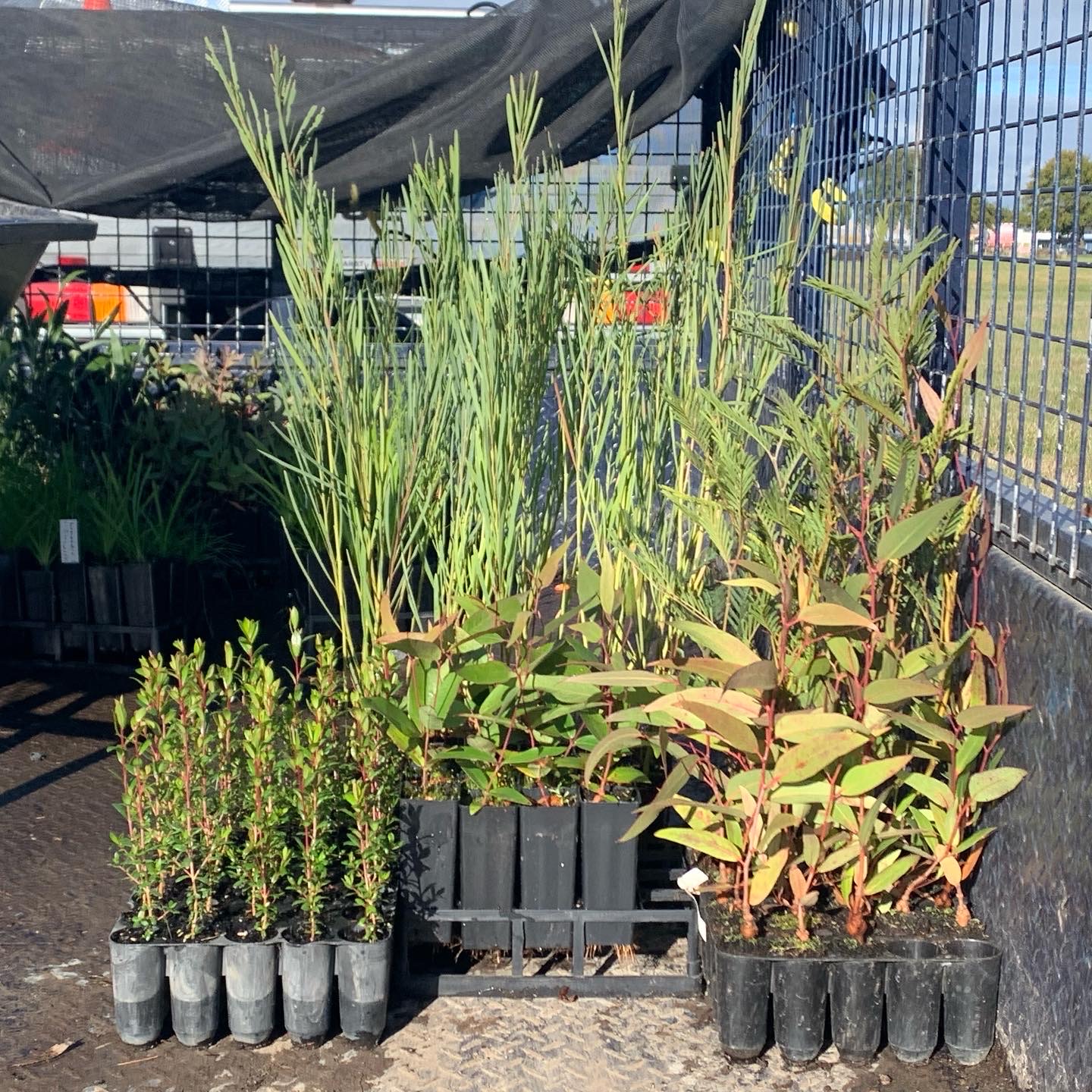
Indigenous plants in a revegetation project will be planted near to and in similar environmental conditions as the mother plants. This is important for local wildlife and gives new plants the best chance of survival.
How are the seeds collected?
Local nurseries often propagate the plants themselves, collecting seed from heathy plants in the area.
Collecting seeds from native plants requires skill and local knowledge. If you undertakes seed collection, you need to have a responsibility to the local environment. You need to ensure they are collecting seeds without damaging the tree or environs, and leave sufficient seed on the tree for insects, animals and the tree itself. As a rule, collectors do not take more than 10% of the seed present. You will need a permit if collecting on public land and (regardless of private or public land), all collectors are encouraged to follow the Flora Bank Guidelines.
Each species of plant involves different methods of seed collection, storage and planting. For example, wattle seeds need to be collected from ripe seed pods, which will be on the plant months after flowering. The best sign is the seedpods are dry and brown. The seeds are then stored in a refrigerator until needed. Low light, temperate and humidity protect seed longevity.
From there, depending on the species of wattle, pre-germination treatment (to break down the hard impermeable coat of the seed) may involve: soaking the seed in boiling water overnight, rubbing the seed with a piece of sandpaper, slicing the seed with a knife or even microwaving the seed.
Sometimes, if a nursery doesn’t have the time nor expertise, they will purchase seeds from professional collectors or from organisations such as Seeding Victoria in Clunes, VIC.
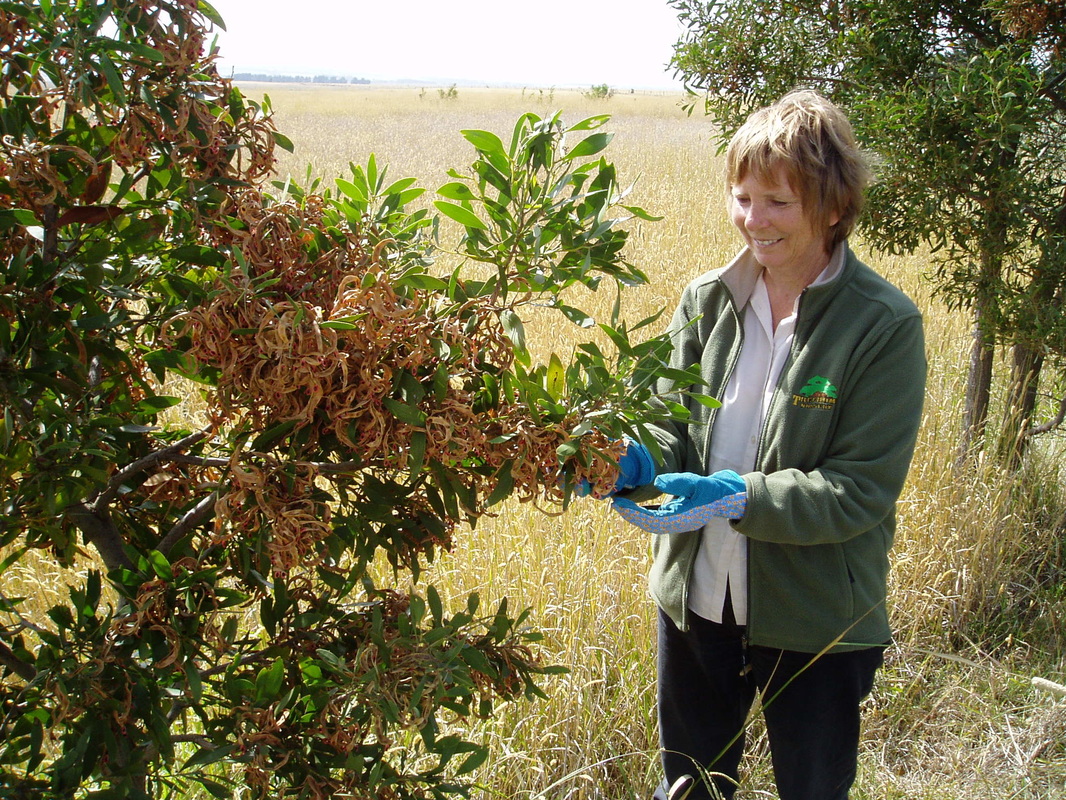
Spotlight on a nursery.
In the mallee district of north-west Victoria, The First People of the Millewa Mallee Belar (FPMMAC) nursery have been providing some of our trees for local revegetation projects. The First Peoples of the Millewa-Mallee people have maintained continuous connection to the Traditional Country from the initial period of colonisation up to the present.
FPMMAC provided 300 trees for Raakajlim Mallee Conservation, a 490 hectare conservation property in the Mallee. The seeds were collected locally and propagated at the nursery and then transported to the property for planting.
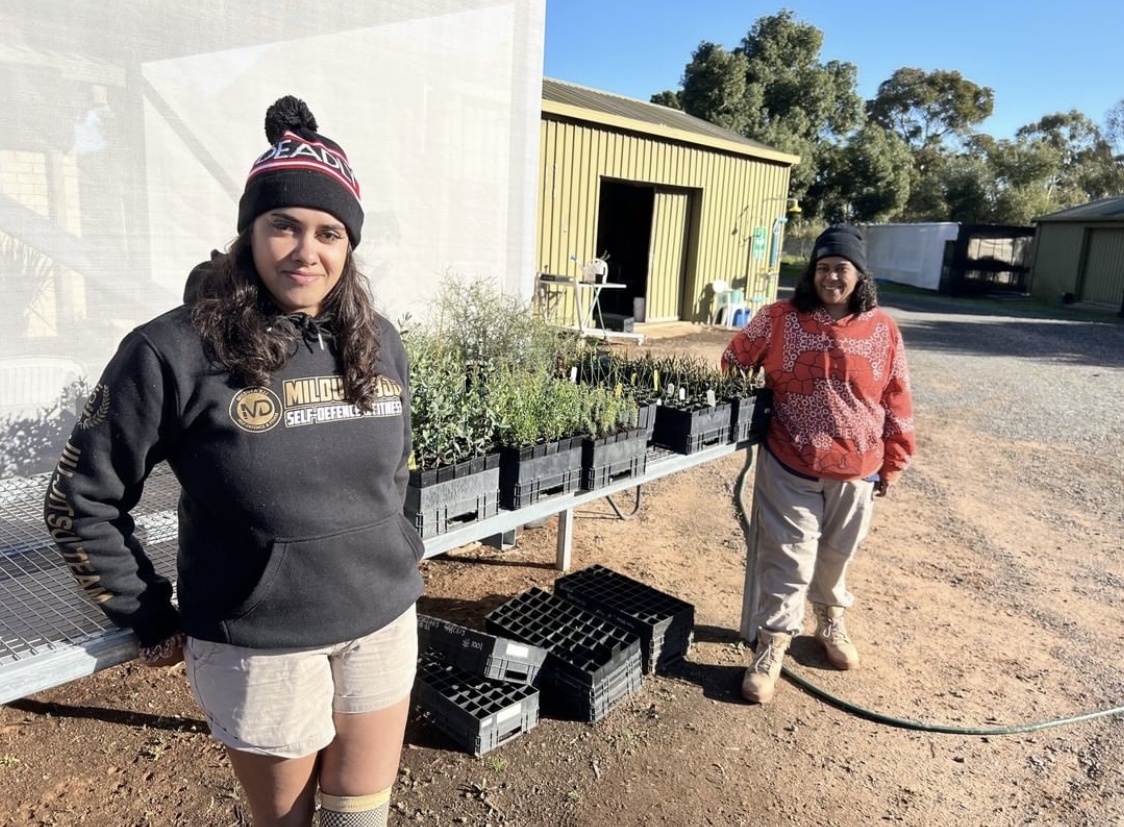
By purchasing our plants from these independent nurseries, we support small businesses and local jobs, in mostly rural areas. Species selection is guided by the community group who will choose native and indigenous species in consultation with their local nursery. In the interests of biodiversity and the importance of layers, we do suggest that there is a good mix of trees, shrubs, grasses and ground-covers.
Ref: Seedling Victoria and Ecobits.
Writer: Colleen Filippa
With a background in Environmental Science, Colleen is the Founding Director of Fifteen Trees. In 2009, after 20 years in primary, secondary and tertiary education institutions, Colleen left the classroom to start the company. Fifteen Trees is a social enterprise assisting individuals and companies to reduce their carbon footprint by supporting community groups such as Landcare, schools and environmental networks.
